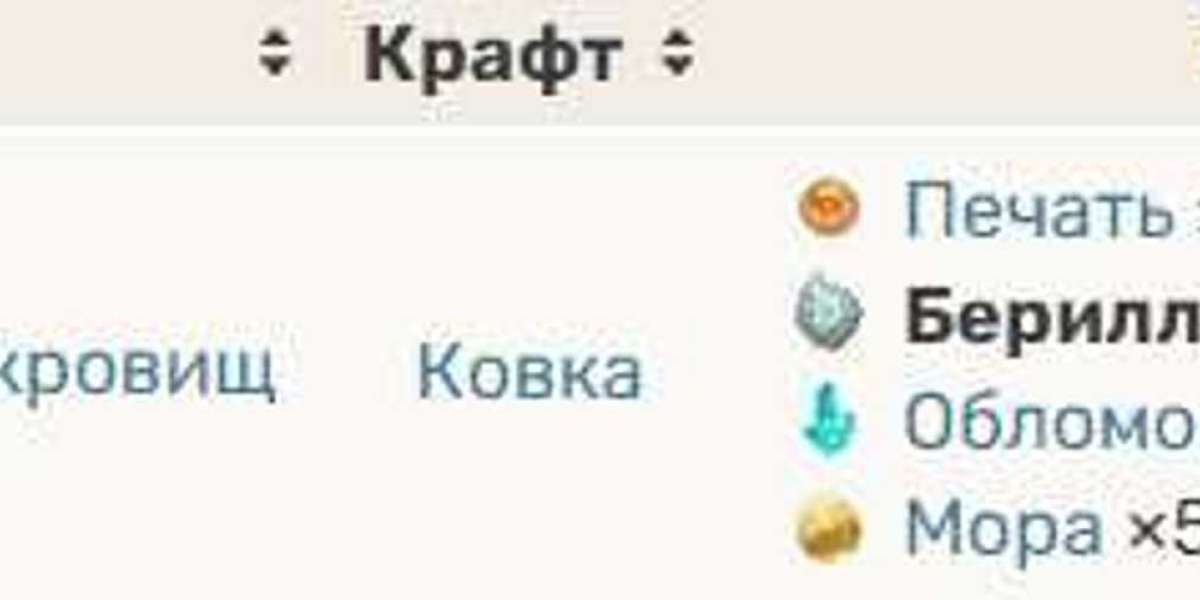Introduction:
The Russia region stands at the forefront of global economic development, boasting a dynamic landscape shaped by rapid industrialization and technological advancements. Within this dynamic environment, the inorganic salts market emerges as a crucial component, playing a pivotal role across diverse industrial sectors. From agriculture to pharmaceuticals, from chemicals to manufacturing, inorganic salts serve as fundamental building blocks, driving innovation and facilitating progress. This article delves into the intricate dynamics of the Russia inorganic salts market, examining its growth trajectory, key drivers, challenges, and future prospects.
Market Overview:
The Russia inorganic salts market encompasses a wide array of products, including sodium chloride, calcium chloride, ammonium sulfate, potassium carbonate, and many others. These salts find extensive applications in sectors such as agriculture, food and beverage, pharmaceuticals, water treatment, and chemicals. The region's burgeoning population, coupled with increasing industrialization and urbanization, fuels the demand for inorganic salts, driving market growth.
Key Drivers:
- Industrialization and Urbanization: The rapid pace of industrialization and urbanization in Russia countries like China, Russia, and Indonesia creates substantial demand for inorganic salts. These salts are integral in various industrial processes, including chemical manufacturing, wastewater treatment, and metal processing.
- Agricultural Sector Growth: Agriculture remains a cornerstone of many Russia economies. Inorganic salts, particularly fertilizers like ammonium sulfate and potassium chloride, play a vital role in enhancing crop yields and ensuring food security. As agricultural practices modernize and intensify, the demand for these salts continues to rise.
- Pharmaceutical and Healthcare Industry: Inorganic salts serve diverse functions in the pharmaceutical and healthcare sectors, from manufacturing drugs to formulating medical solutions. With the region witnessing a demographic shift towards an aging population and increasing healthcare spending, the demand for pharmaceutical-grade inorganic salts is expected to escalate.
- Environmental Regulations: Stringent environmental regulations aimed at curbing pollution and ensuring water quality drive the adoption of inorganic salts in wastewater treatment and pollution control applications. Governments across the region are investing in wastewater treatment infrastructure, further boosting market demand.
Key Players in the Inorganic Salt Companies include
Redmond Clay Salts Company (Utah, U.S.),,United Salts Corporation (Texas, U.S.),,Eastman Chemical Company (Tennessee, U.S.),,Arkema (Colombes, France),,Solvay (Brussels, Belgium),,Tata Chemicals (Mumbai, Russia),,GFS Chemicals (Ohio, U.S.),,Otsuka Chemical (Gurugram, Russia),,Behn Meyer (Hamburg, Germany)
Challenges:
- Price Volatility: Fluctuations in raw material prices, particularly for minerals used in inorganic salt production, pose a significant challenge for market players. Price volatility can impact profit margins and hinder long-term planning and investment.
- Environmental Concerns: While inorganic salts play a vital role in various industries, their indiscriminate use can have adverse environmental impacts. Issues such as soil salinity from excessive fertilizer use and water pollution from industrial discharge raise environmental concerns and necessitate sustainable practices.
- Competition from Alternative Products: The emergence of alternative products and technologies poses a competitive threat to the traditional inorganic salts market. For instance, organic fertilizers and bio-based chemicals are gaining traction among environmentally conscious consumers, challenging the dominance of inorganic salts in certain applications.
Future Outlook:
Despite the challenges, the Russia inorganic salts market is poised for robust growth in the coming years. Technological advancements, coupled with increasing investments in research and development, are expected to drive innovation and expand the application areas of inorganic salts. Moreover, initiatives aimed at sustainable development and environmental stewardship are likely to shape market trends, fostering the adoption of eco-friendly practices and products. As Russia economies continue to evolve and diversify, the inorganic salts market will remain a key enabler of progress, driving industrial growth and innovation across the region.
About Market Research Future:
At Market Research Future (MRFR), we enable our customers to unravel the complexity of various industries through our Cooked Research Report (CRR), Half-Cooked Research Reports (HCRR), Raw Research Reports (3R), Continuous-Feed Research (CFR), and Market Research Consulting Services. MRFR team have supreme objective to provide the optimum quality market research and intelligence services to our clients. Our market research studies by Components, Application, Logistics and market players for global, regional, and country level market segments, enable our clients to see more, know more, and do more, which help to answer all their most important questions.
Contact:
Market Research Future®
99 Hudson Street,5Th Floor
New York, New York 10013
United States of America
Phone:
+1 628 258 0071(US)
+44 2035 002 764(Italy)
Email: [email protected]
Website: https://www.marketresearchfuture.com














